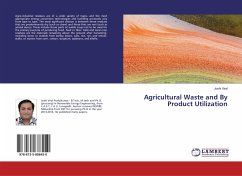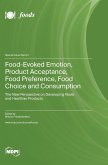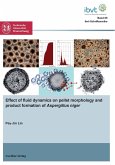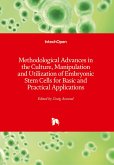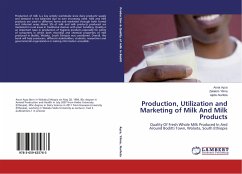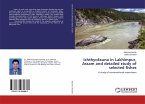Agro-industrial residues are of a wide variety of types, and the most appropriate energy conversion technologies and handling protocols vary from type to type. The most significant division is between those residues that are predominantly dry (such as straw) and those that are wet (such as animal slurry). These include those parts of arable crops not to be used for the primary purpose of producing food, feed or fiber. Field and seed crop residues are the materials remaining above the ground after harvesting, including straw or stubble from barley, beans, oats, rice, rye, and wheat, stalks, or stovers from corn, cotton, sorghum, soybeans, and alfalfa.

